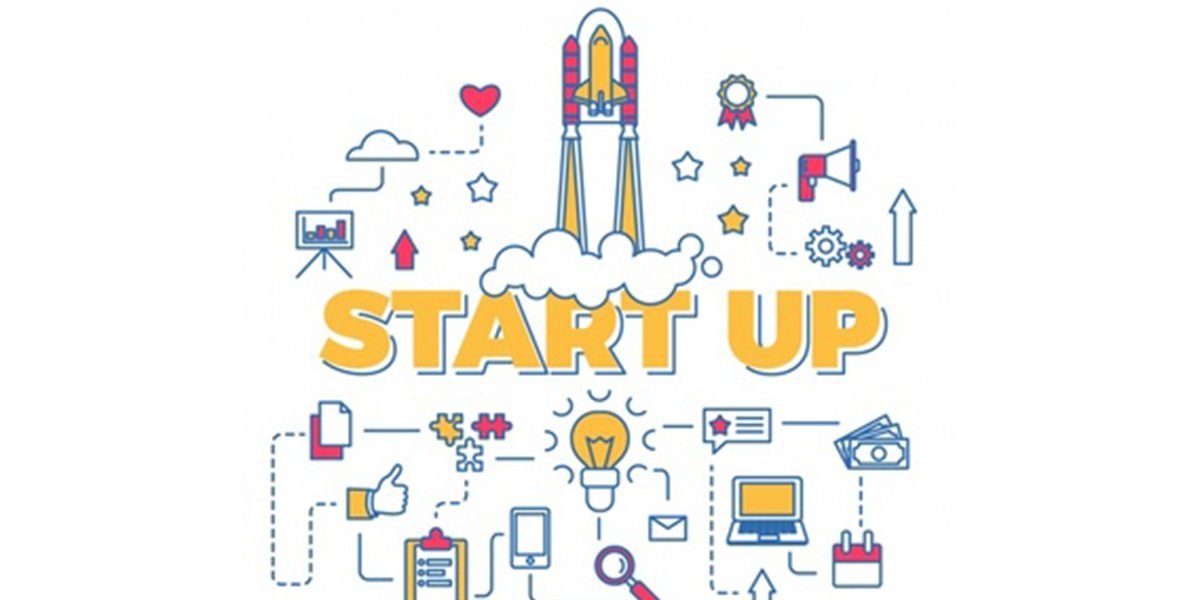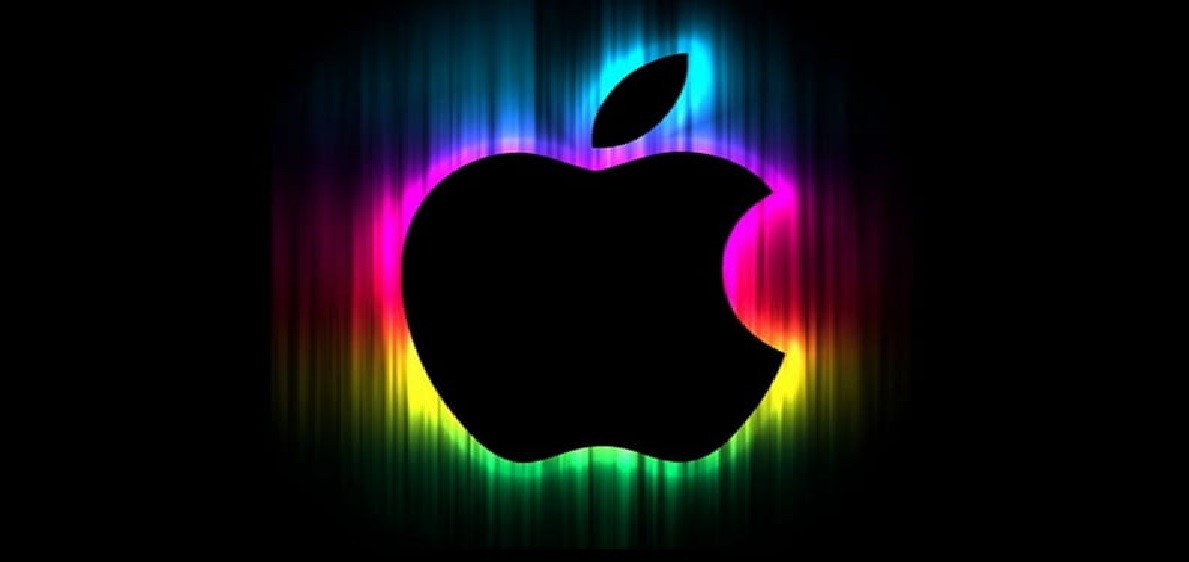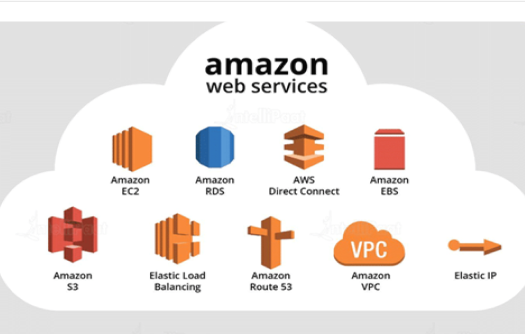What is Digital Twin?
A digital twin is a digital image of a physical object or system. It is a virtual model that can be used to simulate the behavior and performance of the corresponding physical object or system. Digital twins are typically used in manufacturing, engineering, and other fields to help with design, simulation, and analysis.
They can be used to optimize the performance and efficiency of physical systems, as well as to predict and prevent problems before they occur. It can be created using a variety of technologies, including computer-aided design (CAD) software, sensors, and other types of data. They are often used in conjunction with the Internet of Things (IoT) and other technologies that enable real-time data collection and analysis.
How will Digital Twin change the scenario?
It has the potential to revolutionize many industries by providing a powerful tool for the design, simulation, and analysis of physical systems. Some of the ways in which digital twins could change the scenario include
- Improved efficiency: It can be used to optimize the performance and efficiency of physical systems, leading to cost savings and improved productivity.
- Enhanced design and prototyping: It can be used to design and prototype new products and systems more quickly and effectively, reducing the time and cost of development.
- Predictive maintenance: It can be used to predict when maintenance or repairs will be needed, enabling proactive maintenance and reducing downtime.
- Improved customer experiences: It can be used to simulate and analyze customer interactions with products and systems, helping companies to understand and improve the customer experience.
- Increased safety: It can be used to simulate and analyse the behavior of systems under various conditions, helping to identify and mitigate potential risks and improve safety.
What are the advantages and disadvantages of Digital Twin?
Some of the advantages of digital twins include
- Improved efficiency: It can be used to optimize the performance and efficiency of physical systems, leading to cost savings and improved productivity.
- Enhanced design and prototyping: It can be used to design and prototype new products and systems more quickly and effectively, reducing the time and cost of development.
- Predictive maintenance: It can be used to predict when maintenance or repairs will be needed, enabling proactive maintenance and reducing downtime.
- Improved customer experiences: It can be used to simulate and analyze customer interactions with products and systems, helping companies to understand and improve the customer experience.
- Increased safety: It can be used to simulate and analyze the behavior of systems under various conditions, helping to identify and mitigate potential risks and improve safety.
Some of the disadvantages of Digital twins include
- Cost: Creating and maintaining DT can be expensive, particularly for large and complex systems.
- Data quality: The accuracy and usefulness of digital twins depends on the quality of the data used to create them. If the data is incomplete or inaccurate, the digital twin may not be reliable.
- Complexity: It can be complex to create and maintain, particularly for large and multifaceted systems.
- Data security: It relies on the collection and analysis of large amounts of data, which can raise concerns about data privacy and security.
- Limited to digital representation: Digital twins are limited to representing the physical system in a digital form, and may not capture all of the nuances and complexities of the real-world system.
Notable examples of Digital Twins :
- Manufacturing and engineering: It are commonly used in manufacturing and engineering to design, simulate, and optimize the performance of products and systems. For example, aerospace and automotive companies use it to design and test new aircraft and vehicles.
- Construction: They are also used in the construction industry to plan and manage complex building projects. For example, they can be used to simulate the construction process, identify potential problems and bottlenecks, and optimize resource allocation.
- Healthcare: They are used in the healthcare industry to simulate and optimize patient care pathways, predict patient outcomes, and improve the efficiency of hospital operations.
- Smart cities: They are being used to design and manage smart cities, enabling cities to optimize the use of resources such as energy, water, and transportation.
- Retail: They are used in the retail industry to optimize store layouts, predict customer demand, and improve the customer experience
How will it revolutionize?
DT has the potential to revolutionize many industries by providing a powerful tool for design, simulation, and analysis of physical systems. Some of the ways in which digital twins could change the future include:
- Improved efficiency: It can be used to optimize the performance and efficiency of physical systems, leading to cost savings and improved productivity.
- Enhanced design and prototyping: It can be used to design and prototype new products and systems more quickly and effectively, reducing the time and cost of development.
- Predictive maintenance: They are be used to predict when maintenance or repairs will be needed, enabling proactive maintenance and reducing downtime.
- Improved customer experiences: They can be used to simulate and analyze customer interactions with products and systems, helping companies to understand and improve the customer experience.
- Increased safety: They can be used to simulate and analyze the behavior of systems under various conditions, helping to identify and mitigate potential risks and improve safety.
- Greater flexibility and adaptability: Digital twins can be used to rapidly respond to changing conditions and customer needs, enabling organizations to be more flexible and adaptable.
Future of Digital Twin?
It is difficult to predict exactly how big the DT market will become in the future, but it is expected to continue growing rapidly in the coming years. According to some estimates, the digital twin market could reach $35.8 billion by 2023, up from $6.2 billion in 2018. This represents a compound annual growth rate of 39.4% over the five-year period.
The growth of the digital twin market is being driven by a number of factors, including the increasing adoption of the Internet of Things (IoT) and other technologies that enable real-time data collection and analysis, the growing need for more efficient and effective design, simulation, and analysis of physical systems, and the increasing demand for predictive maintenance and other advanced analytics applications.
As digital twins become more widely adopted, it is likely that they will play a increasingly important role in a variety of industries, including manufacturing, engineering, construction, healthcare, retail, and others.















































